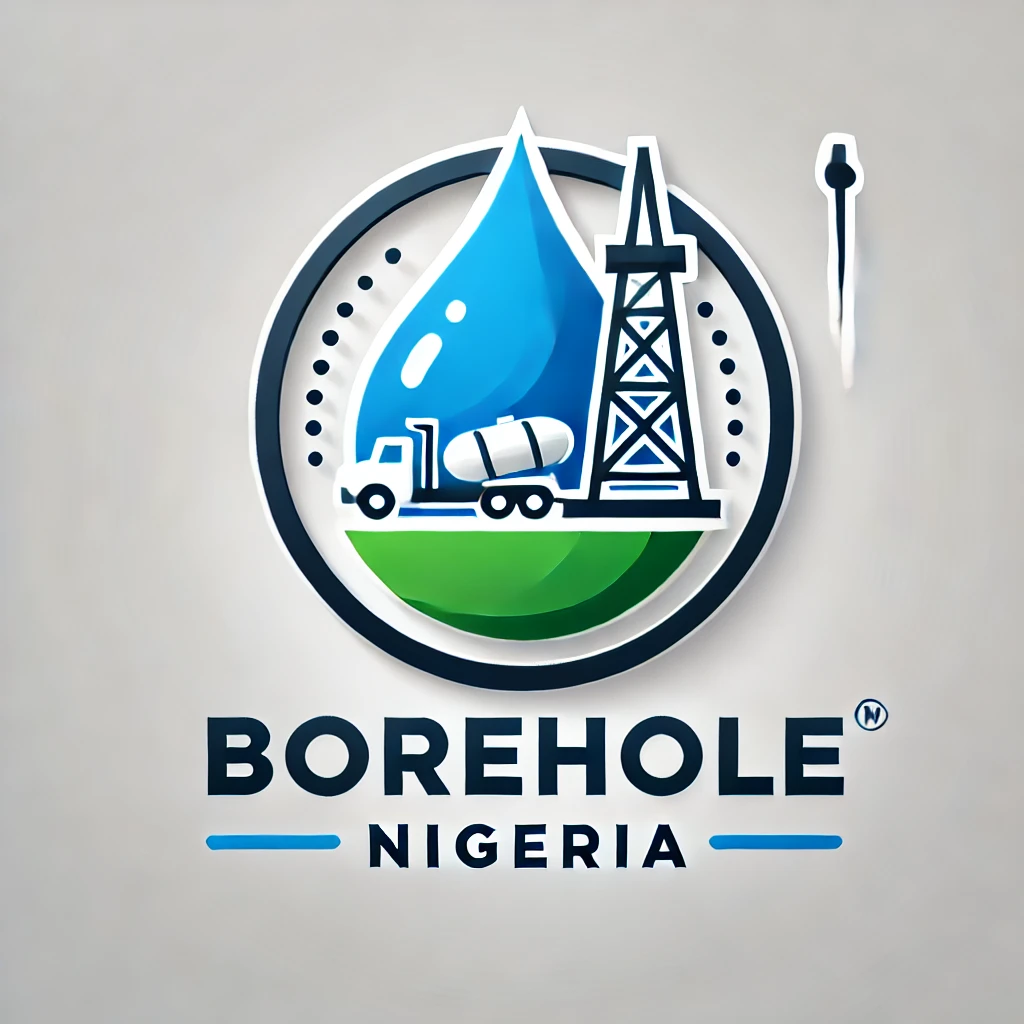The Kola Superdeep Borehole is a monumental achievement in human exploration and scientific curiosity. Located on the Kola Peninsula in Russia, it remains the deepest artificial point on Earth, reaching an extraordinary depth of 12,262 meters (40,230 feet). This depth is more than 12 kilometers (7.6 miles) below the surface, which is deeper than the lowest point of the ocean, the Mariana Trench. The project, which began in 1970 under the Soviet Union, aimed to explore the Earth’s crust more thoroughly than ever before and led to several groundbreaking discoveries and challenges.
1. A Record-Breaking Depth
The Kola Superdeep Borehole holds the record for the deepest man-made hole ever drilled, and its depth is nearly one-third of the way through the Baltic continental crust. For context, this depth is equivalent to stacking 29 Empire State Buildings on top of each other. Drilling continued for 24 years until 1994, when it was halted primarily due to extremely high temperatures and various technical difficulties.
2. Why Drill So Deep?
The primary goal of the Kola Superdeep Borehole was not just to set a record but to penetrate as deeply as possible into the Earth’s crust to understand its structure, composition, and the geological phenomena occurring there. Scientists wanted to reach the boundary between the Earth’s crust and the mantle, known as the Mohorovičić discontinuity or “Moho.” However, the unexpected conditions encountered made this goal unfeasible.
3. Challenges of Drilling
Drilling to such extreme depths presented numerous challenges:
- Extreme Temperatures: One of the biggest surprises was the temperature. At a depth of 12,262 meters, temperatures reached 180°C (356°F), much higher than the expected 100°C (212°F). These extreme temperatures caused the drill bits to fail and the rock to behave in unexpected ways, making further drilling nearly impossible.
- Rock Composition: As the drill descended, the rocks became increasingly porous and contained water, even at these great depths, contrary to what scientists had predicted.
- Technological Limits: At such extreme depths, drilling equipment had to withstand enormous pressures and temperatures, pushing the technology of the time to its limits. The deeper they drilled, the harder it was to keep the borehole stable and functioning.
4. Significant Discoveries
Despite these challenges, the Kola Superdeep Borehole led to several important scientific discoveries:
- Unexpected Rock Types and Water Presence: Scientists discovered that the rock at these depths was not as dense as previously thought and found water in microscopic cracks, which challenged previous theories about the deep Earth’s dryness.
- Temperature Anomalies: The much higher-than-expected temperatures led scientists to revise their understanding of geothermal gradients in the Earth’s crust.
- Microfossils and Ancient Life: Researchers found microfossils of ancient plankton species in rock samples taken from depths of up to 6.7 kilometers (4.2 miles), offering insights into the biosphere of ancient Earth.
5. Why Can’t We Open It?
Reopening the Kola Superdeep Borehole is not practical for several reasons:
- Sealed and Abandoned: The borehole was sealed and abandoned in 2008 due to technical, safety, and economic reasons. After years of being exposed to extreme conditions, the borehole is not in a state where it can be reopened without significant risks.
- Safety Concerns: Reopening it would mean dealing with the same challenges of extreme temperatures, high pressures, and unstable geological conditions.
- Modern Techniques: Science has evolved, and new, less risky methods, like geophysical surveys and shallower drilling projects, are now used to study the Earth’s interior.
6. Legacy and Impact on Future Research
The Kola Superdeep Borehole, often referred to as “the well to hell” due to myths and mysteries surrounding it, remains a powerful symbol of human curiosity and the desire to explore the unknown. While it may no longer be in use, the data collected has been invaluable for geological sciences. It has laid the groundwork for future deep-Earth explorations, even though these might focus more on newer, safer drilling technologies or remote sensing methods.
Today, the Kola Superdeep Borehole is covered with a metal cap, serving as a silent reminder of one of humanity’s boldest scientific endeavors. It stands not only as a record for depth but also as a testament to the challenges and potential surprises that lie deep within our planet.
